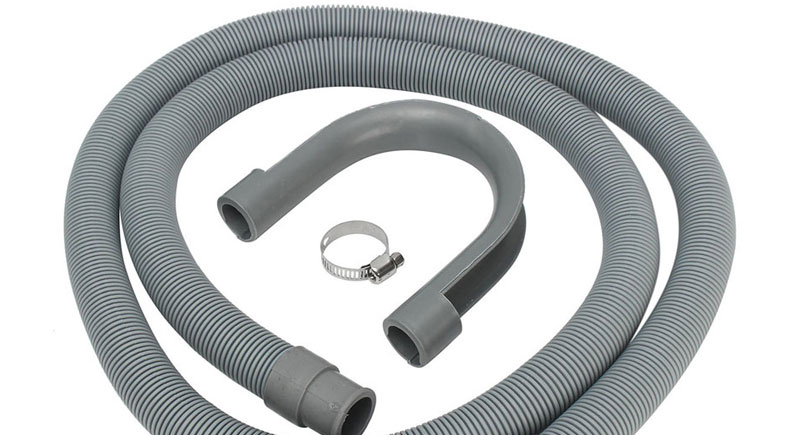There are numerous reasons to consider investing in the latest washing machine or upgrade from an old model. It’ll clean your clothes more effectively and will make them more efficient. Also, it will reduce the amount of time you spend washing your clothes. That means you don’t need to spend all of your time searching for the items you need while also being in a position to remember things at home, like the kids’ sporting events. Certain TV advertisements suggest that certain brands can make people more content when they wash their clothes. However, this is dependent on individual preference and the features available in each brand, the reality is that these machines work best when installed correctly.
Connectors for Drains from Washing Machines Hose
There are two methods to connect your washing machine drain hose. In order to dispose of wastewater there are two options. One is to set up a vertical pipe. The other is to hang it above a open sloping sink.
1. Slop Sink Connection
There are many methods to empty your washer however, the slop sink is one of the ones you should consider. This type of installation is a risky one, as it poses several risks. It could cause back-up of water in the filter due to the fact that there is an air gap between the hoses. Additionally the force generated by the spin cycle may damage anything inside either device.

2. Pipe with Dedicated Drain Pipe
An additional connection could be the best option for your washing machine drain line. The pipes that are dedicated will typically handle more water than the drains that are in the kitchen sink, and they don’t become blocked as rapidly or dislodge. These connections will also be found at higher elevations. This means there is less risk in using them instead of integrating indoors and outdoors through the use of a window or door that is open.
3. Washing Machine Drain Maintenance of the Hose
It’s a bit confusing to connect hoses, but once it is done correctly your home will look better maintained for a longer period of time. It is also important to ensure that the hose as well as the attachments are maintained clean. Install filters at the two ends of drain pipes, use homemade ones from old socks/pantyhose in the event that is needed. This should help prevent lint from getting stuck inside which could cause obstruction because of the lack of pressure that pushes water through them.
Common Materials for an Machine Drainhose. Machine Drainpipe
1. Stainless Steel Braided Drain Line
The material isn’t as flexible as it looks when it’s referred to as stainless-steel. It’s wrapped in a plastic coated mesh that is resistant to physical damages like twists, breaks, and bursts more easily than other types of materials on the market today! Some brands will label their products ‘burst free’ to let you know how much care was given to this specific aspect.
2. Rubber Drain Hose
The rubber hose provides a cheaper alternative to plastic or metal hoses. The rubber hose has been used for decades. Modern models have braided rayon mesh or rayon to increase the strength. However, if use it a lot the hose will require one that’s been reinforced. These models are already made and aren’t required to create them.
For more information, click flexible sink drain hose